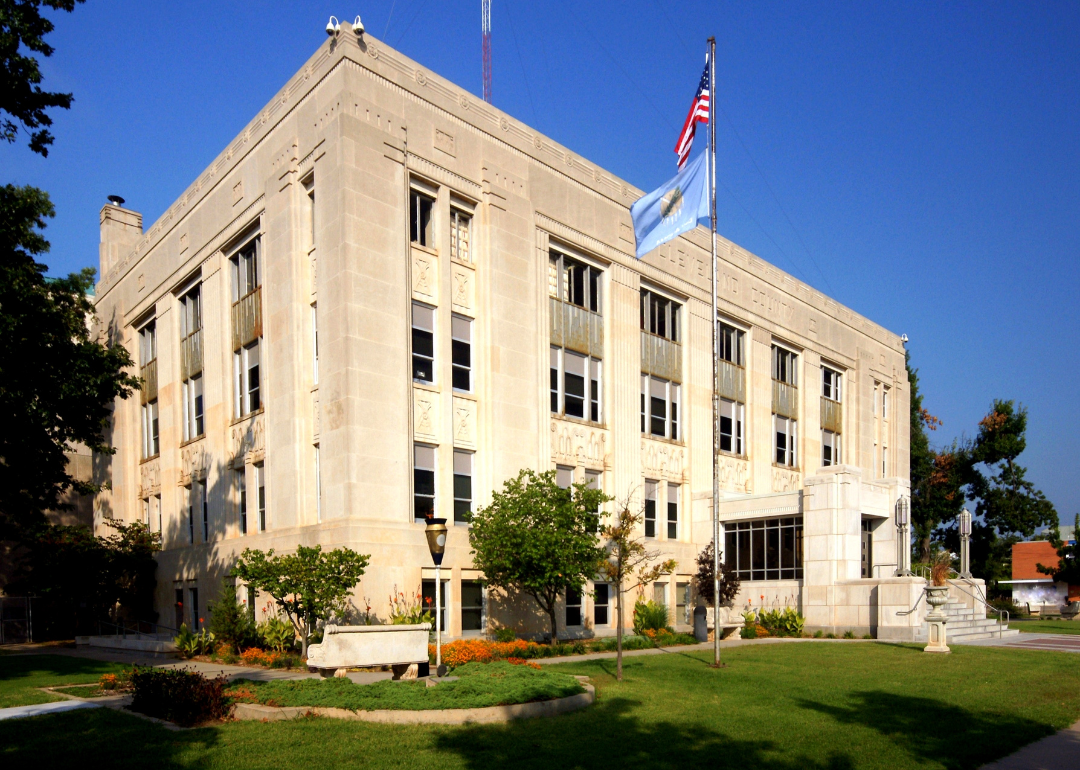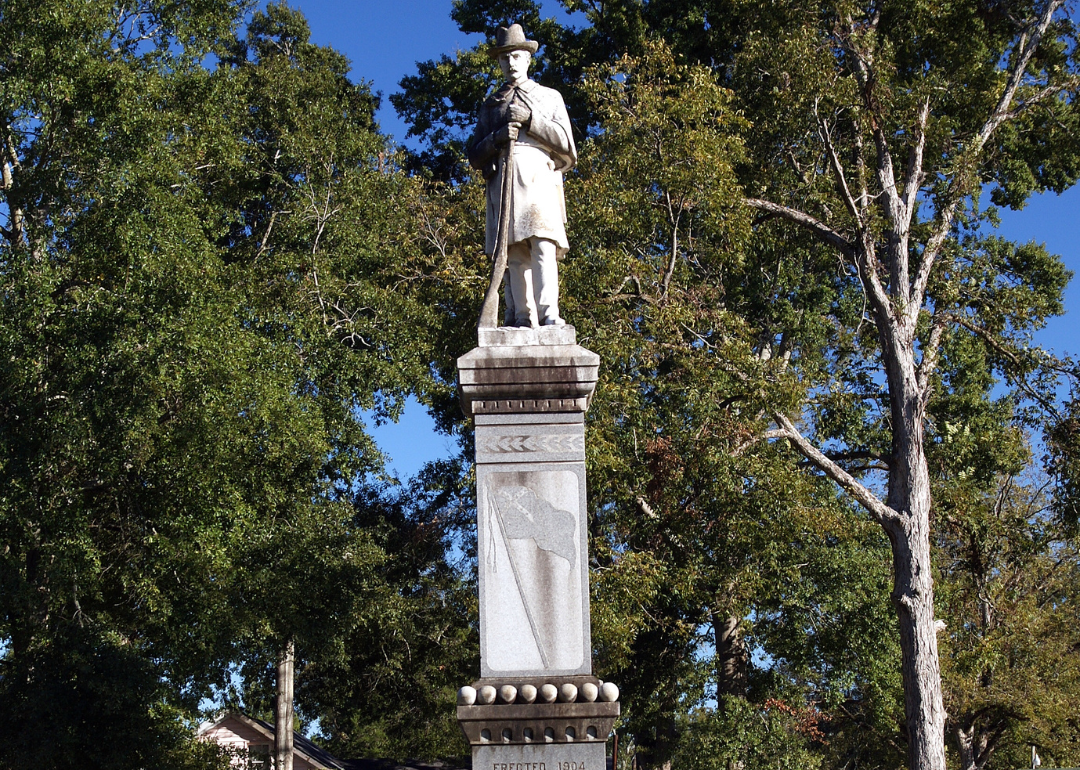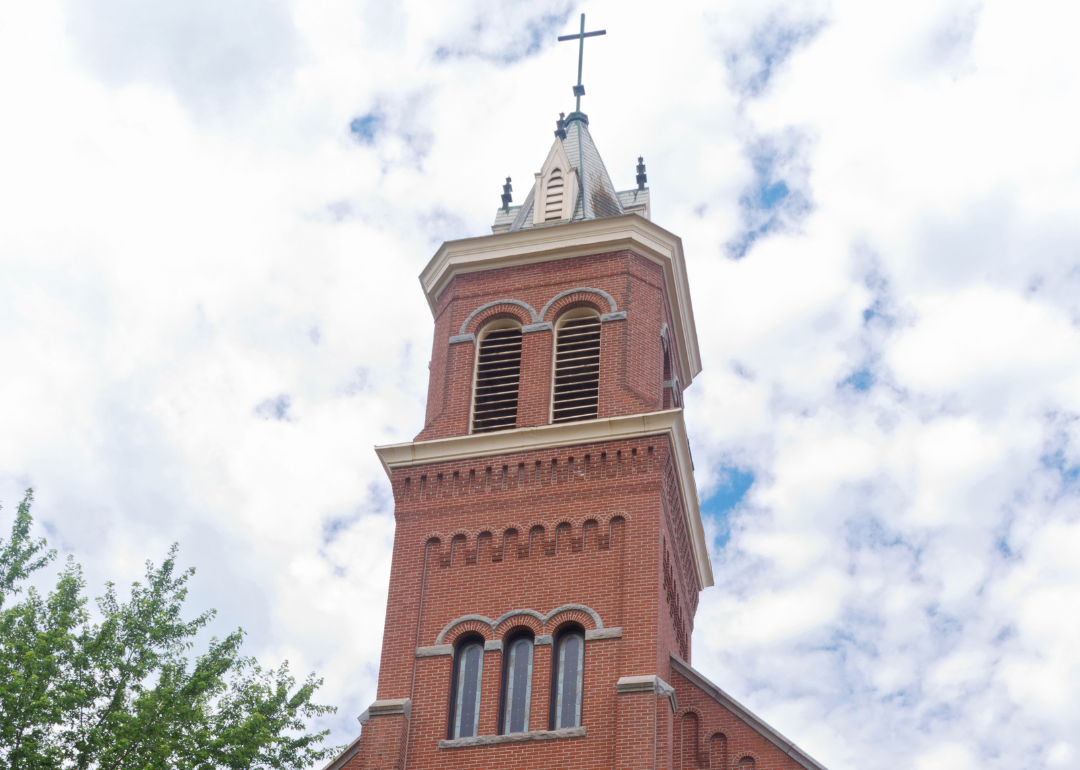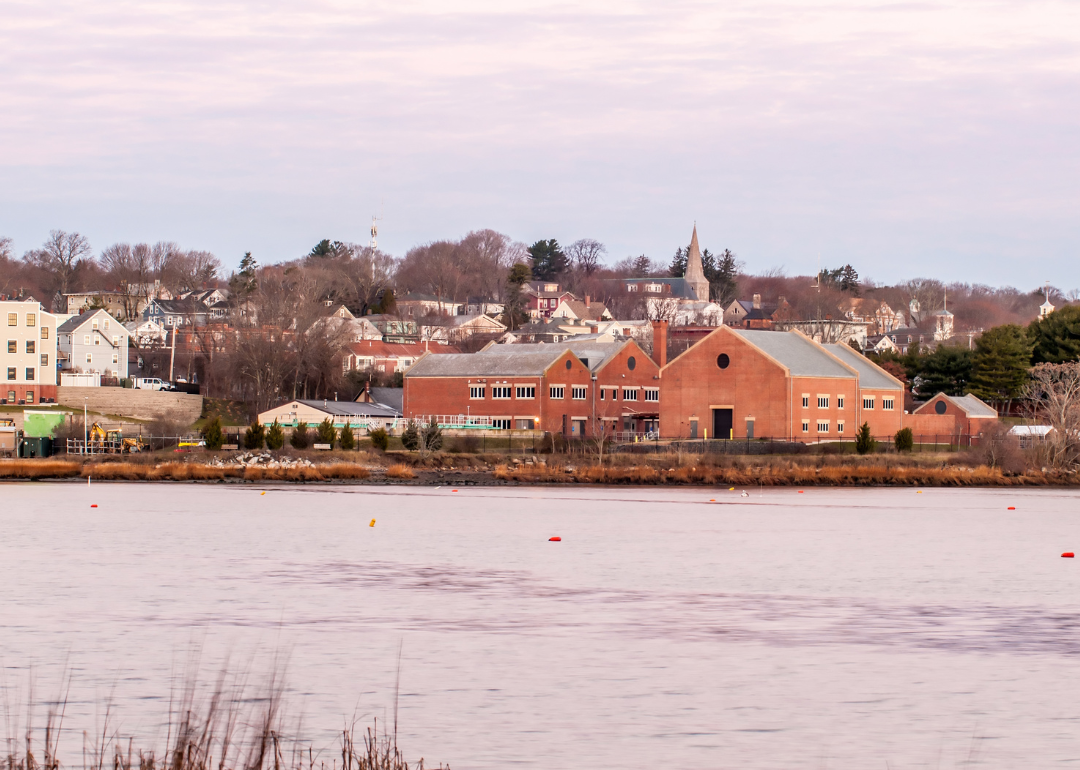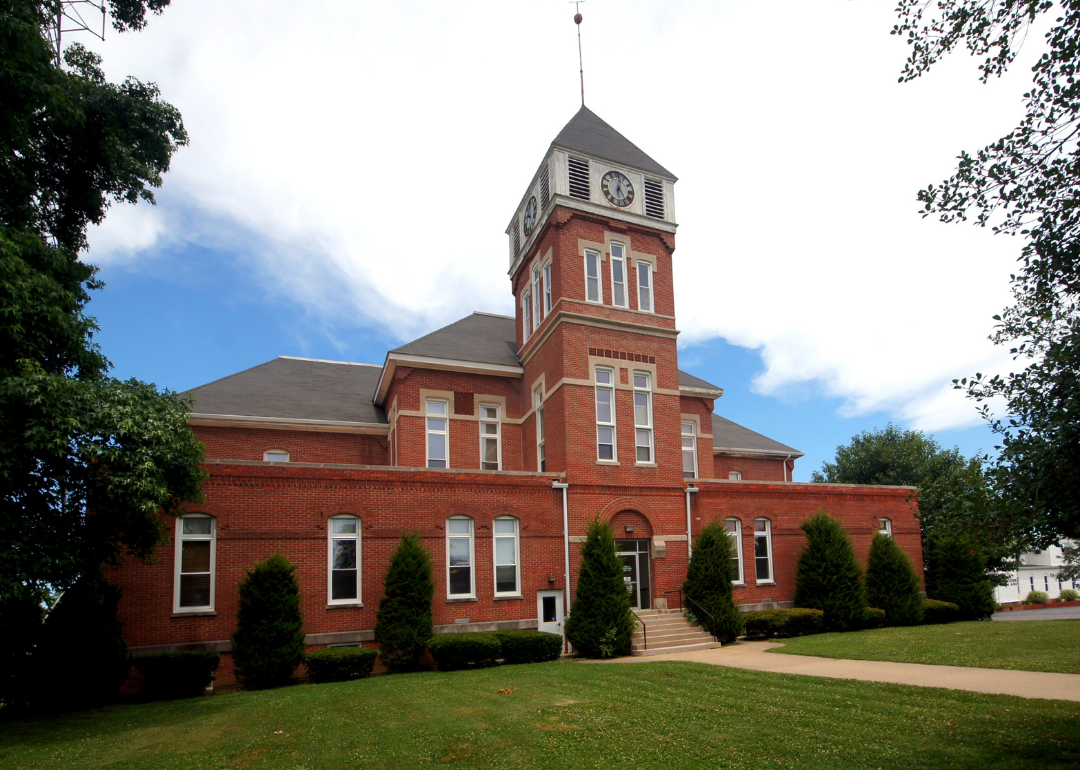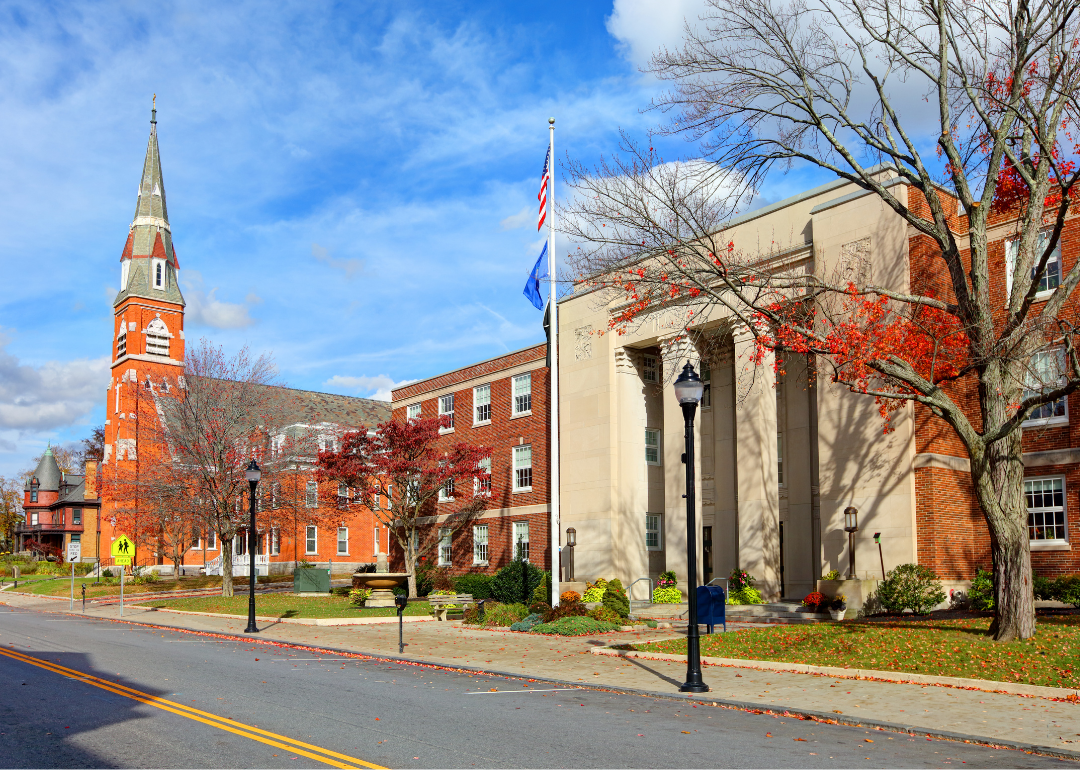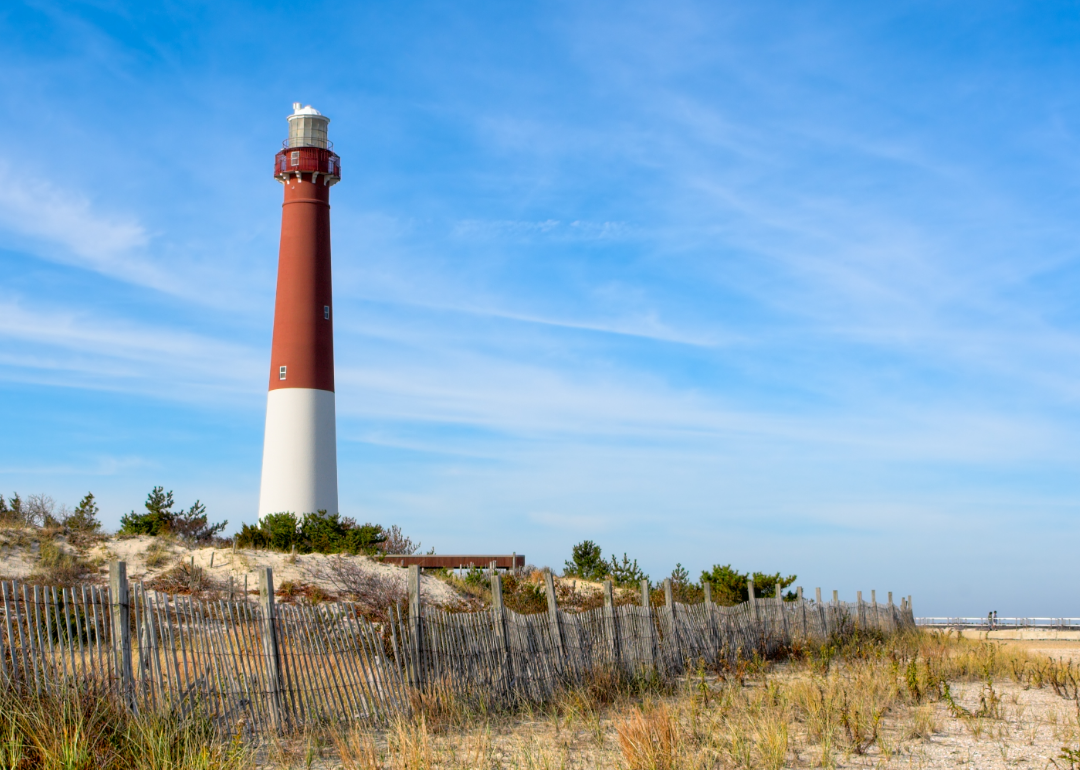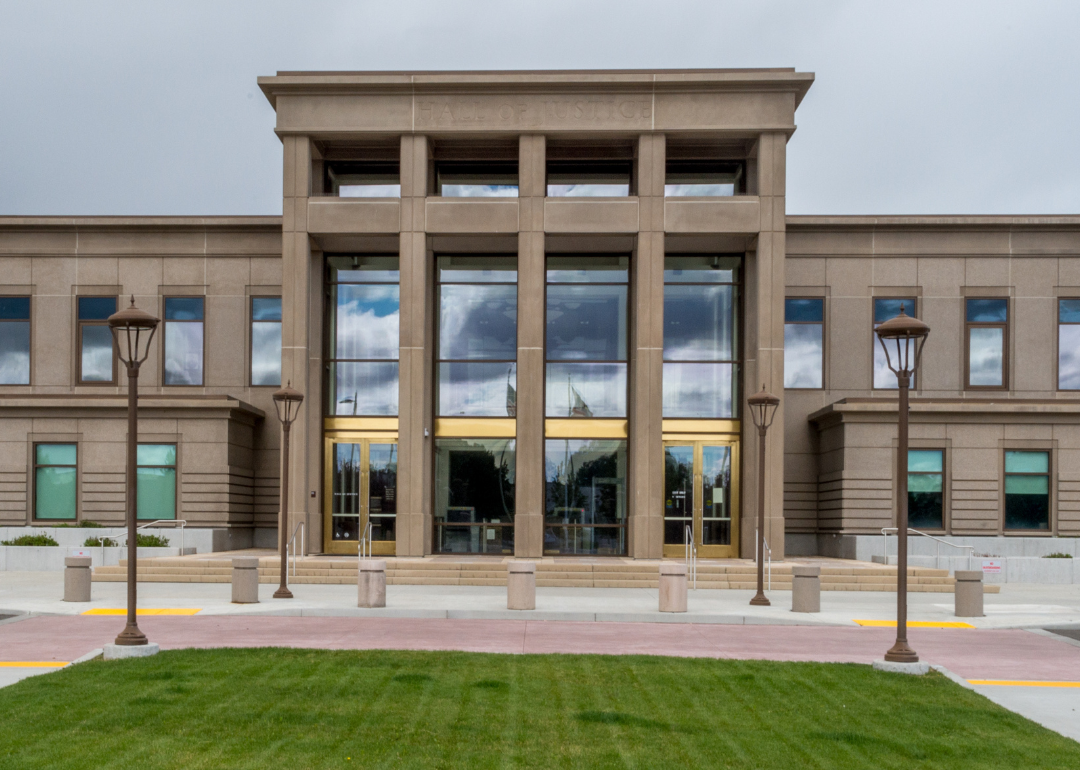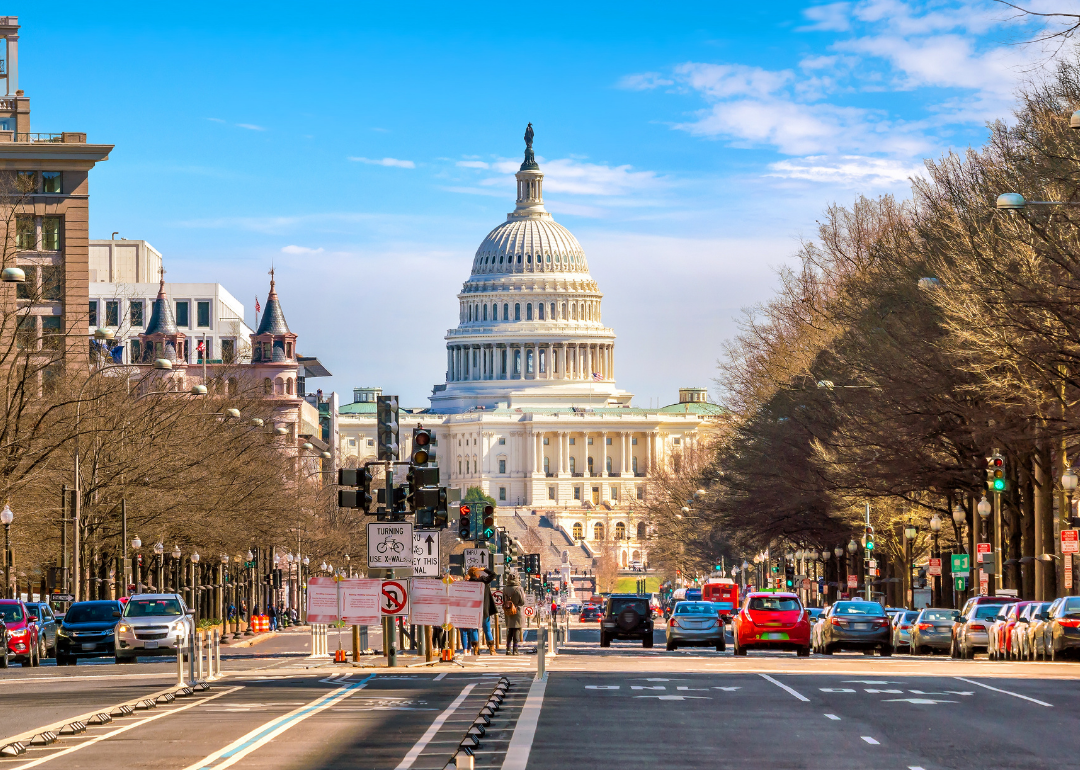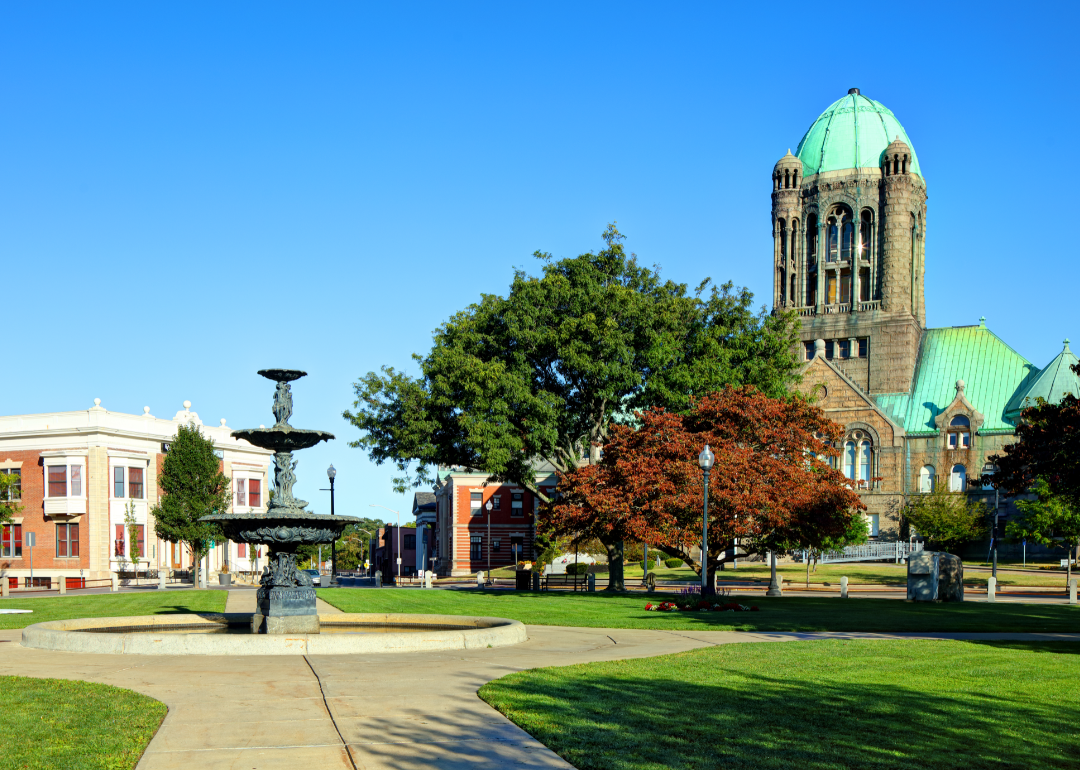(The Consumer Price Index fell to 3% in June, the Labor Department reports, representing a full 1-point drop versus the May rate, but still 50% higher than the Federal Reserve’s 2% inflation rate target. Shelter represented a full 70% of the increase. On a monthly basis, inflation rose 2% in June, versus 1% in May.)
FRIDAY 7/14/23
What a Difference Five Years Makes – Yeah, this comparison is all over the news, but it is worth repeating. President Biden wrapped up his five-day European tour -- which included the 74th summit of NATO leaders in Vilnius, Lithuania – with a stop in Helsinki where he said Russian President Vladimir Putin “has already lost the war” against Ukraine.
At a joint news conference with Finnish President Sauli Niinistø, Biden said; “At every stop in every summit on this trip, we focused on using the power of partnership to take on the challenges that matter most to the people’s lives in our countries.” (Per The Washington Post.) NATO made Finland its 31st member during the summit.
It was lost on no one, including White House scheduling, that this was five years to the day after then-President Donald J. Trump held a private meeting with Putin at a summit in Helsinki. Translators were the only others in the meeting room and no notes were taken.
In a press conference after his meeting with Putin, Trump was asked whether he queried Putin on U.S. intelligence reports that Russia was responsible for hacking Democrats’ emails before the 2016 election.
It could not have been Russia, Trump replied.
“I have great confidence in my intelligence people, but I will tell you that President Putin was extremely strong and powerful in his denial today.”
European allies were alarmed, Time notes, that Trump would not stand up to Putin. This raised doubts Trump would be willing to uphold U.S. obligations to defend NATO countries under Article 5.
Upshot: In his current campaign for president, Trump says that if he was president the last three years, Russia would never have invaded Ukraine.
It seems Putin would have had no reason for it.
--TL
_______________________________________________
THURSDAY 7/13/23
Wray Testifies Before House Judiciary – FBI Director Christopher Wray, a lifelong Republican who was appointed in 2017 by then-President Trump to replace James Comey, came under attack by MAGA House Republicans Wednesday in a six-hour Judiciary Committee grilling. The Freedom Caucus Republicans were eager to portray Wray’s FBI as soft and sympathetic to the Biden family while going out of its way to persecute Trump (per Newsweek).
Rep. Matt Gaetz’s (R-FL) quoted a 2017 WhatsApp message obtained by House Ways & Means that apparently shows the president’s wayward son, Hunter, “shaking down” Chinese business partner Henry Zhao.
Hunter Biden messaged Zhao; “Sitting here with my father and we would like to understand why the commitment made has not been fulfilled.”
Gaetz said to Wray; “Sounds like a shakedown, doesn’t it, director?”
“I’m not going to get into commentary on that,” Wray replied.
“You seem deeply uncurious about it, don’t you,” Gaetz shot back. “Almost suspiciously uncurious. Are you protecting the Bidens?”
Wray: “Absolutely not. The FBI has no interest in protecting anyone politically.”
President Biden has said he was not present when his son sent the message. Wednesday, the White House accused “extreme House Republicans of believing the FBI” that should exist in the country be one that “suits their own political agenda.”
And so it goes.
--TL
_______________________________________________
NATO Not Ready for Ukraine – The reason is obvious, that NATO’s charter of defending any of its members would draw the organization’s 32 other nations into war against Russia. That would be the hyperbole, but The Associated Press reports that NATO leaders gave Ukrainian President Volodymyr Zelenskyy – who attended the organization’s annual summit in Vilnius, Lithuania – “only vague assurances of future membership.”
“Today we meet as equals,” NATO Secretary-Gen. Jens Stoltenberg told Zelenskyy, “I look forward to the day we meet as allies.”
Zelenskyy: “The results of the summit are good, but if we got an invitation that would be ideal.” And; “NATO needs us just as we need NATO.”
•••
No Mulligan – Senate Permanent Subcommittee on Investigations Chairman Richard Blumenthal (D-CT) called the proposed merger of the Professional Golf Association Tour by Saudi Arabia’s LIV tour “a sellout.”
“Athletes like the PGA Tour golf players are role models, they are ambassadors of our values and the institutions that concern us today are vital to our national interests,” Blumenthal said. “To have them taken over by a repressive foreign regime certainly is a matter of national security.”
The interrogated, PGA Tour Chief Operating Officer Ron Price and board member Jimmy Dunne, did not go out of their way to disagree. Takeover by the LIV golf tour funded by the $620-billion Saudi Public Investment Fund looks very much like a hostile corporate takeover. The LIV tour has been luring away key PGA players with cubic dollars over the past three years, creating a schism between those who converted and those who refused.
•••
Book: Trump Wanted to Use Troops on Migrants – Donald J. Trump was “a few sentences away” from deploying the U.S. military against illegal migrants, “as if they were a foreign army invading the United States,” when his State of the Union address was being written in February 2019, according to a new book by Miles Taylor, then chief of staff at the Department of Homeland Security. The report was published by Politico from an exclusive advanced copy of Taylor’s Blowback: A Warning to Save Democracy from the Next Trump to be published next week.
After the end of the Trump administration, Taylor was identified as the “anonymous” author of 2018 op-ed for The New York Times describing a “quiet resistance” in the Trump administration.
--TL
_______________________________________________
TUESDAY 7/11/23
(Leaders of NATO's 31 countries attend the North Atlantic Treaty Organization’s 74th summit in Vilnius, Lithuania, this week, where they will vote to welcome Sweden as its 32nd member. NATO also will assure Ukraine it has a path to membership. Pictured: NATO General Secretary Jens Stoltenberg speaks with NBC's Andrea Mitchell at the NATO Public Forum in Vilnius.)
Senate Subcommittee Grills LIV Golf Merger with PGA – A Senate subcommittee conducts a hearing Tuesday to examine the proposed merger between the Saudi-backed LIV professional golf tour and the Professional Golf Association, “focusing on implications for the future of golf and Saudi Arabia’s Influence in the United States,” according to the Senate website. Sen. Ron Johnson (R-WI) told NPR’s Morning Edition he remains dubious Congress might have constructive input, but that “This hearing could give the PGA a really good opportunity to first of all lay out the challenge it faces trying to manage professional golf. This is not an easy thing to do.”
However, the PGA has been doing it for 107 years, and was worth $1.25 billion as of 2021, according to Johnson. The Saudi Crown Prince’s Public Investment Fund is worth more than $620 billion and founded its LIV professional golf tournament in 2021. Their proposed merger surprised the sports world last month.
Asked by NPR host A Martinez whether Congress would be investigating the merger if Saudi Arabia was not involved, Johnson replied, “probably not. … Though Congress probably has a role just in sorting out the confusion over anti-trust laws as they relate to sports teams.”
Witnesses: The Senate Homeland Security and Governmental Affairs’ Subcommittee on Investigations will hear from Ron Price, chief operating officer of the PGA Tour, and Jimmy Dunne, a PGA Tour board member. Sen. Richard Blumenthal (D-CT) is subcommittee chair and Johnson is ranking member.
Let’s connect some dots: Johnson also has been an unapologetic supporter of former President Trump. Just a couple of days ago, LIV announced it will host its $50 million team championship in October at the Trump National Doral club in Miami, for the second year in a row (HuffPost). Following the January 6 attack on the U.S. Capitol, the PGA Tour announced it would no longer host its championship at the Trump National Golf Club in New Jersey [the PGA had previously cancelled its Grand Slam at a the Trump National Golf Club in Los Angeles, after then-candidate Trump made racist remarks about Mexican immigrants].
More dots: To Trump son-in-law Jared Kushner, who received more than $2 billion from the same Saudi Crown Prince Public Investment Fund for his $2.5 billion investment fund, in April 2022, according to The New York Times,
--TL
_______________________________________________
MONDAY 7/10/23
UPDATE: Turkey has agreed to let Sweden into NATO, NPR reports. President Recep Tayyip Erdogan will join 30 other NATO nation leaders to vote in favor of making Sweden the 32nd member when they meet in Vilnius, Lithuania, for the organization’s 74th annual summit Tuesday. The Brookings Institution’s Asli Aydintabas told NPR’s All Things Considered that back-door negotiations between Washington and Ankara will result in U.S. F-16 fighter jets to Turkey, and possibly Turkey’s entry into the European Union.
Too Early for Ukraine to Join NATO – President Biden told CNN’s Fareed Zakaria on his show, GPS Sunday morning it would be “premature for Ukraine to begin the NATO membership process during a war,” though he said he has told Turkish President Recep Tayyip Erdogan he wants Sweden to join as soon as possible.
When Russian President Vladimir Putin sent 185,000 troops into Ukraine, he was confident he could break NATO, Biden said. But if Ukraine joined now, it would bring all 31 nations into the war with Russia. “We have to create a rational path,” the president said.
Turkey refuses: However, Erdogan said Ankara has not seen sufficient progress from Sweden for Turkey to support its NATO application, Politico reports. In a Turkish communications directorate released late Sunday, “Erdogan stated that Sweden has taken steps in the right direction by making changes in the anti-terrorism legislation.” But such terrorist organizations as the PKK and YPG – both banned in Turkey – continue to hold demonstrations in Sweden, according to the statement.
“This nullifies the steps taken.”
Upshot: Some analysts theorize this is Turkey throwing its weight around, vying for the West’s attention. All 31 NATO members must agree on any new member.
Biden’s travels: The president embarked on a week-long trip to Europe Sunday, beginning in the UK, where he meets Monday with Prime Minister Rishi Sunak for the sixth time in six months. Biden then meets with King Charles at Windsor Castle to discuss climate change issues.
Monday night: Biden flies to Vilnius, Lithuania, for the 74th NATO summit.
Wednesday: Biden gives a speech highlighting how the U.S. and allies and partners support Ukraine in its defense against Russia’s attack. The president will use the speech to defend democratic values and call for action to address global challenges.
Thursday: Biden continues on to Helsinki to participate in the U.S.-Nordic Leaders’ Summit.
•••
Meanwhile, Congress Returns – The full Senate returns to Capitol Hill Monday, and both chambers are in session Tuesday through Friday, following their extended July 4th recess. They will have three weeks in session (with the month of August off) to pass a spending bill ahead of the fiscal year change in September. Both sides reportedly met during the recess and have made bipartisan progress on a spending bill.
--Compiled and edited by Todd Lassa
_____
COMMENTS: editors@thehustings.news














